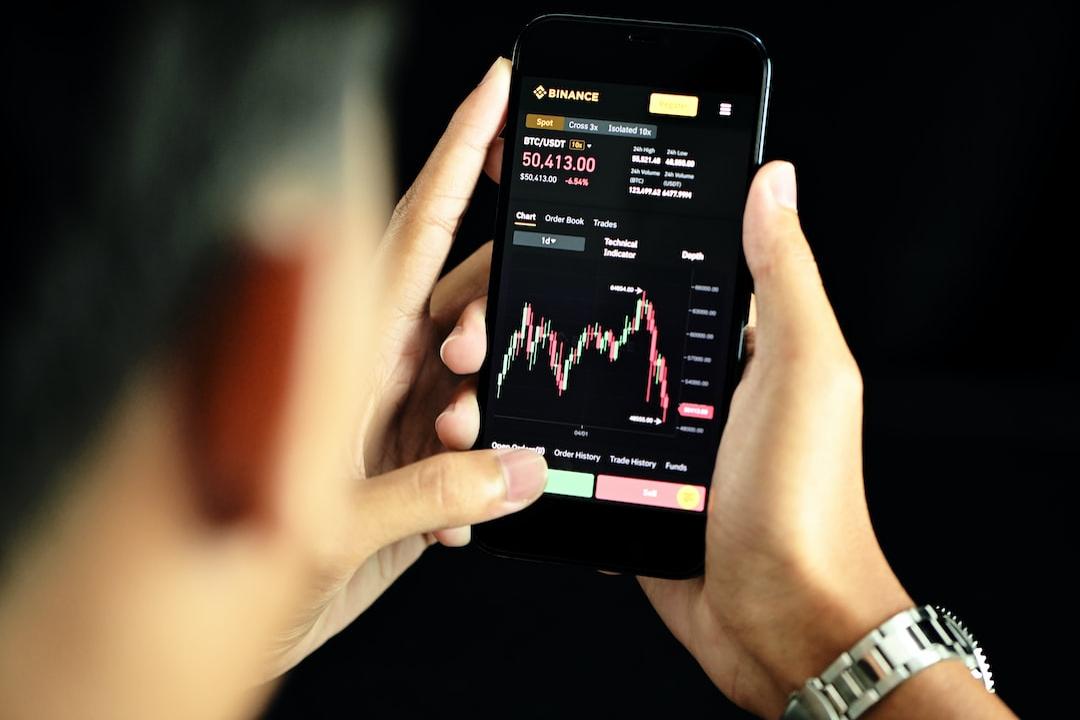Financial expert Linda Jones, known for her expertise in Wall Street, has given her endorsement to the idea of buying XRP before the arrival of institutional investors. Jones expressed this opinion during a recent discussion on the X platform, where she reacted to a podcast by James Jay, who aimed to alleviate frustration among XRP holders regarding the movement of the cryptocurrency.
Jay provided reassurance by suggesting that the entrance of big money institutions into XRP would happen at an opportune moment. To support his viewpoint, he drew a comparison to the situation with Bitcoin. Jay pointed out that major investors in Bitcoin did not get involved in the early years from 2009 to 2015. It was only when the value of Bitcoin exceeded $20,000 that significant players like Michael Saylor, CEO of MicroStrategy, started investing in it. Saylor’s company had observed Bitcoin when it was priced below $10 but decided to invest at higher levels.
According to Jay, institutional players consider the $20,000 threshold as a confirmation that the asset is here to stay. He stated, “They saw Bitcoin at $0.51, but they weren’t willing to invest and wait. What they did, which most people couldn’t, was to jump in with a deep understanding.”
In line with this, Jay speculated about a future scenario where institutions might adopt a similar strategy with XRP, waiting for it to stabilize at a high value, such as $100, before recognizing its viability. He argued that at that point, institutions would realize the need to hold XRP in order to maintain its price above $100.
As a result, Jay claimed that after XRP’s price soars due to institutional buying, many would regret not purchasing it at the current lower price of around $0.5. He believes that XRP is likely to follow a trajectory similar to Bitcoin’s price surge following institutional investment. He also noted that those who exit the XRP market too soon may regret their decision, even if they make significant gains by selling at $10.
The question arises: when will big money enter the XRP market? Jay drew the comparison to encourage XRP holders to see the potential high-value threshold as a form of validation and confirmation. He emphasized that it took institutional investors about a decade to fully embrace Bitcoin. In comparison, XRP investors should be patient with an asset that has been underperforming for just six years. Jay advised them to conduct further research to understand the promising future of XRP.
Furthermore, Jay suggested that the adoption of XRP by institutional investors may not take as long as it did with Bitcoin. He highlighted the possibility of significant fear of missing out (FOMO) and regret among those who fail to recognize and invest in XRP’s potential before institutional investors drive its value up.
It is important to note that this content serves as informational and should not be considered financial advice. The views expressed in this article are the author’s personal opinions and do not reflect the opinion of The Crypto Basic. Readers are encouraged to conduct thorough research before making any investment decisions. The Crypto Basic is not liable for any financial losses incurred.

